
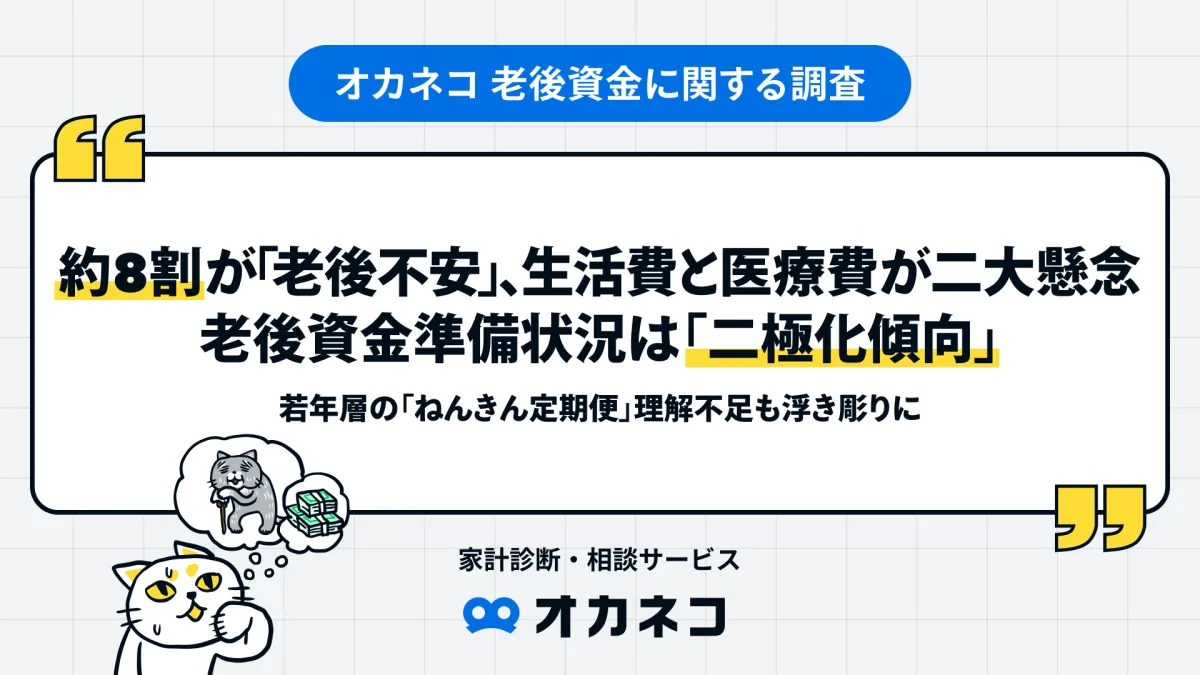
Financial Anxiety: The Growing Concern of Retirement Funding in Japan
Financial Anxiety: The Growing Concern of Retirement Funding in Japan
A recent survey conducted by 400F, the company behind the popular household budget diagnosis and advisory service OkaneCo, has painted a troubling picture of retirement preparedness among Japanese citizens, revealing that nearly 80% of participants express some level of anxiety regarding their financial futures. This survey highlights the two primary concerns dominating these worries: living expenses and medical costs.
Survey Insights: Overwhelming Financial Anxiety
According to the survey, 78.7% of respondents reported experiencing some degree of anxiety about retirement, with 35.2% indicating they are “very anxious.” This heightened sense of worry is likely influenced by the ongoing uncertainties in the economy along with a general distrust in social security systems.
When it comes to the specific concerns affecting respondents, living expenses topped the list at 83.0%, followed by medical expenses at 58.8%. The prolonged period of Japan's deflation, coupled with stagnant real wages and rising costs of essentials like food and energy, is reflected in these findings. As the population ages, worries about increasing medical costs are naturally intensifying.
Other significant concerns include health (53.8%) and nursing care expenses (49.7%), underscoring the reality that maintaining physical and mental health can come with significant financial burdens.
A Divided Approach to Retirement Preparations
The responses concerning retirement funding preparedness indicate a clear trend towards polarization based on age. While the proportion of individuals feeling adequately prepared for retirement increases with age—which rises to 20.2% among respondents aged 60 and above—the feedback from younger age groups reveals alarming figures. For those aged 30 and under, only 3.2% felt adequately prepared, with similarly low figures for those in their 40s and 50s at 2.7% and 6.7%, respectively.
In contrast, more than 30% of younger individuals reported having done nothing to prepare for retirement. Despite being an area of growing concern, the lack of action appears consistent across age groups, indicating a concerning trend in retirement funding readiness. In terms of substantial savings, 16.9% of those in their 50s reported having more than 50 million yen saved, while this figure climbed to 25.4% for individuals 60 and older, emphasizing the wealth disparity among different age brackets.
Dominant Methods of Retirement Fund Preparation
In finding ways to prepare for retirement, 75.1% of survey respondents indicated that they rely primarily on savings accounts. This was followed closely by investments in mutual funds or stocks (59.9%) and reliance on public pension systems (55.1%). Although interest in investment continues to rise—thanks in part to the expansion of tax-exempt systems like NISA—savings still remain the primary method for accumulating retirement funds.
Interestingly, the upcoming projected 1.9% increase in pension distributions for FY2025 does little to reassure the populace. Nearly half of respondents (47.2%) indicated that they believe these increases are not keeping pace with inflation and are effectively a reduction in purchasing power. This reflects an ongoing skepticism regarding the pension system.
Young Adults Struggling with Financial Literacy
The survey also revealed concerning gaps in understanding, particularly among younger adults, regarding their entitlements under the pension system. More than half (56.5%) of those aged 30 and below either “did not understand at all” or “did not understand very well” the contents of their annual pension summary, known as the nenkin teikibin. Even among individuals aged 50, nearly 39% reported not fully grasping these concepts, showcasing serious deficiencies in public financial literacy surrounding retirement planning.
Understanding pension systems is critical for forming a practical retirement plan. However, the current lack of comprehension may contribute to a disconnect, where younger individuals struggle to conceptualize their retirement, potentially deferring necessary financial preparations.
This survey highlights a pervasive and vague unease about retirement among Japanese citizens, particularly stemming from economic concerns. The rising cost of living and insufficient pension adjustment indicate a troubling future, exacerbated by young adults' lack of understanding.
In order to address these concerns, comprehensive financial education and clear communication about retirement resources are crucial. Particularly, instilling the importance of early asset building among younger generations through programs incorporating NISA and iDeCo can significantly alleviate future anxieties. Moreover, improving transparency around pension systems remains a pressing matter.
At 400F, our mission through OkaneCo is to resolve financial issues through personalized consultations tailored to individual life stages and income levels. As we navigate through ongoing concerns about rising costs and market instability, ensuring effective support for those in need is paramount. We believe fostering a culture where individuals feel comfortable seeking financial advice is vital to instilling confidence in our services. Our commitment remains to offer personalized opportunities for financial resolution, particularly focused on retirement planning and asset formation.
Survey Overview
- - Survey Name: OkaneCo Retirement Fund Survey
- - Methodology: Online questionnaire
- - Survey Period: June 13 - 15, 2025
- - Participants: 434 users of OkaneCo nationwide
Demographics included 21.2% under 30, 25.8% in their 40s, 31.3% in their 50s, and 21.7% over 60. Household income distribution revealed 27.4% earning below 4 million yen, indicating diverse financial backgrounds across respondents.
As further research and support circulate through our community, we hope to play a role in demystifying financial planning and empowering citizens to securely prepare for their road ahead.
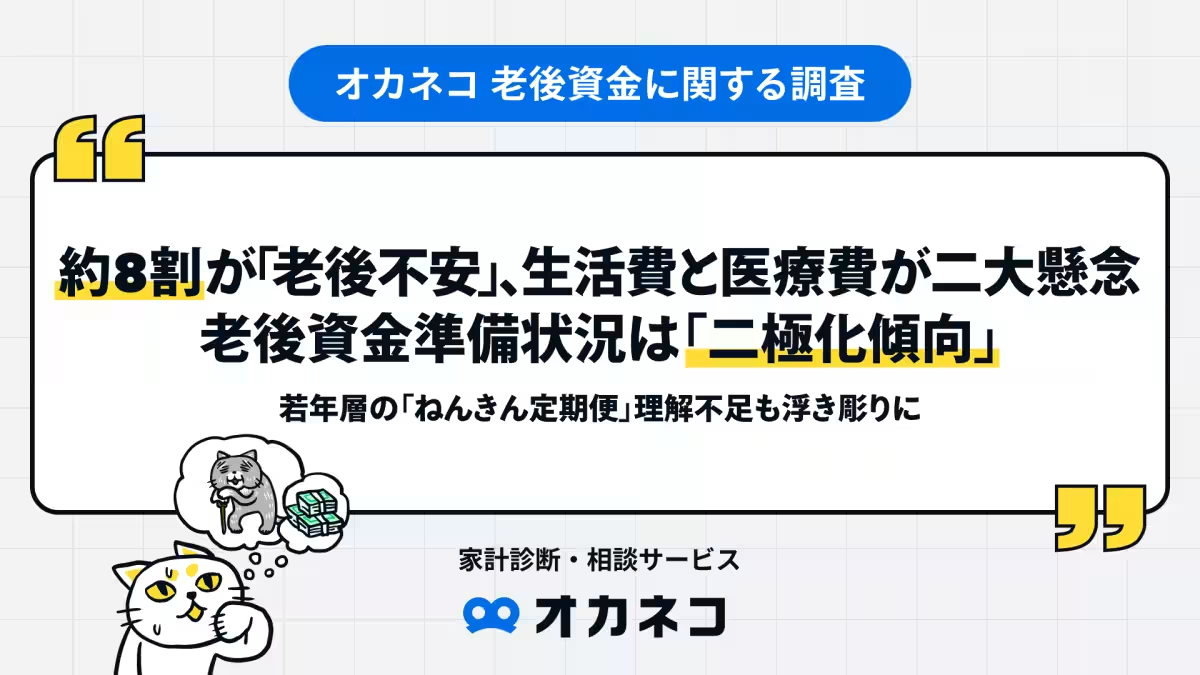
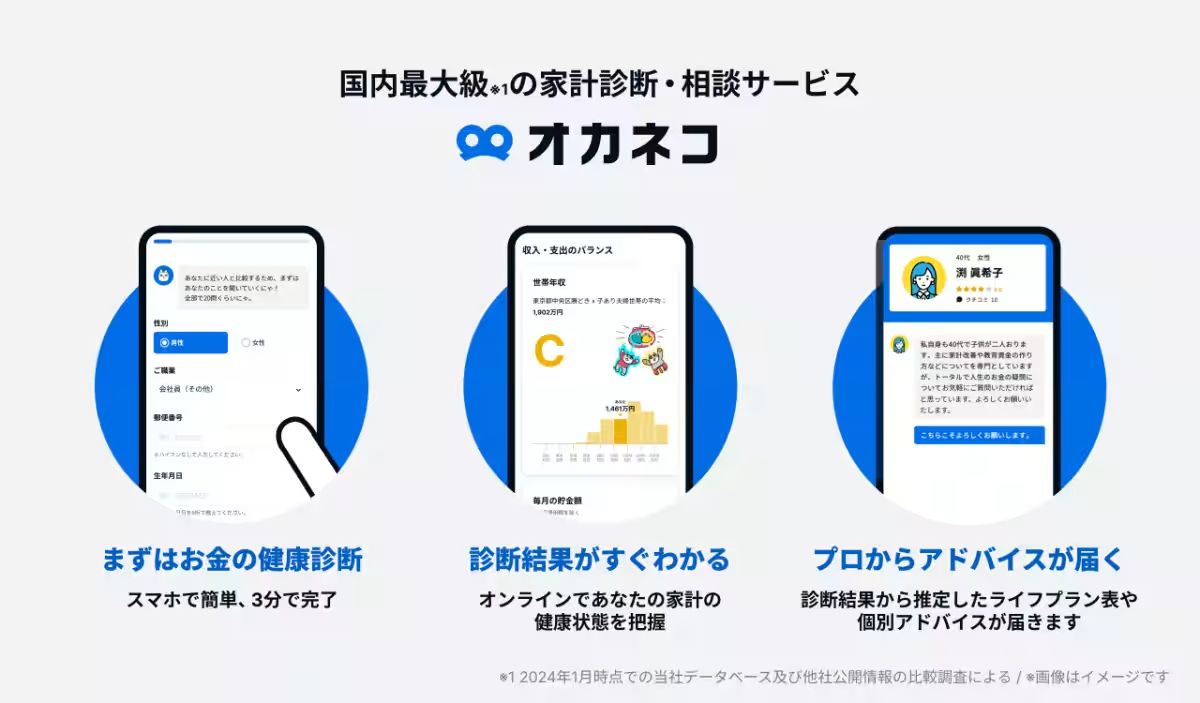

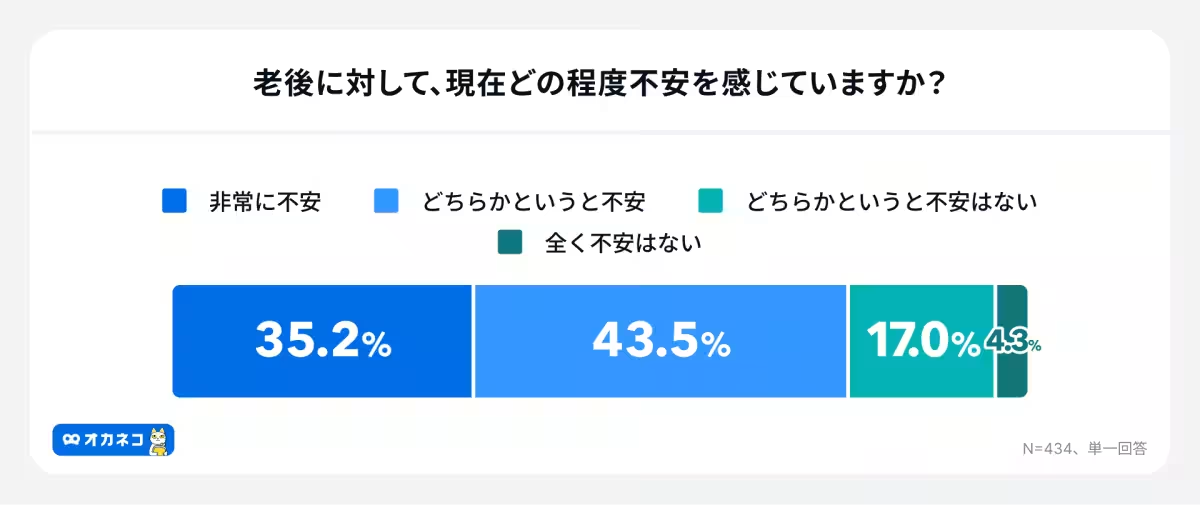
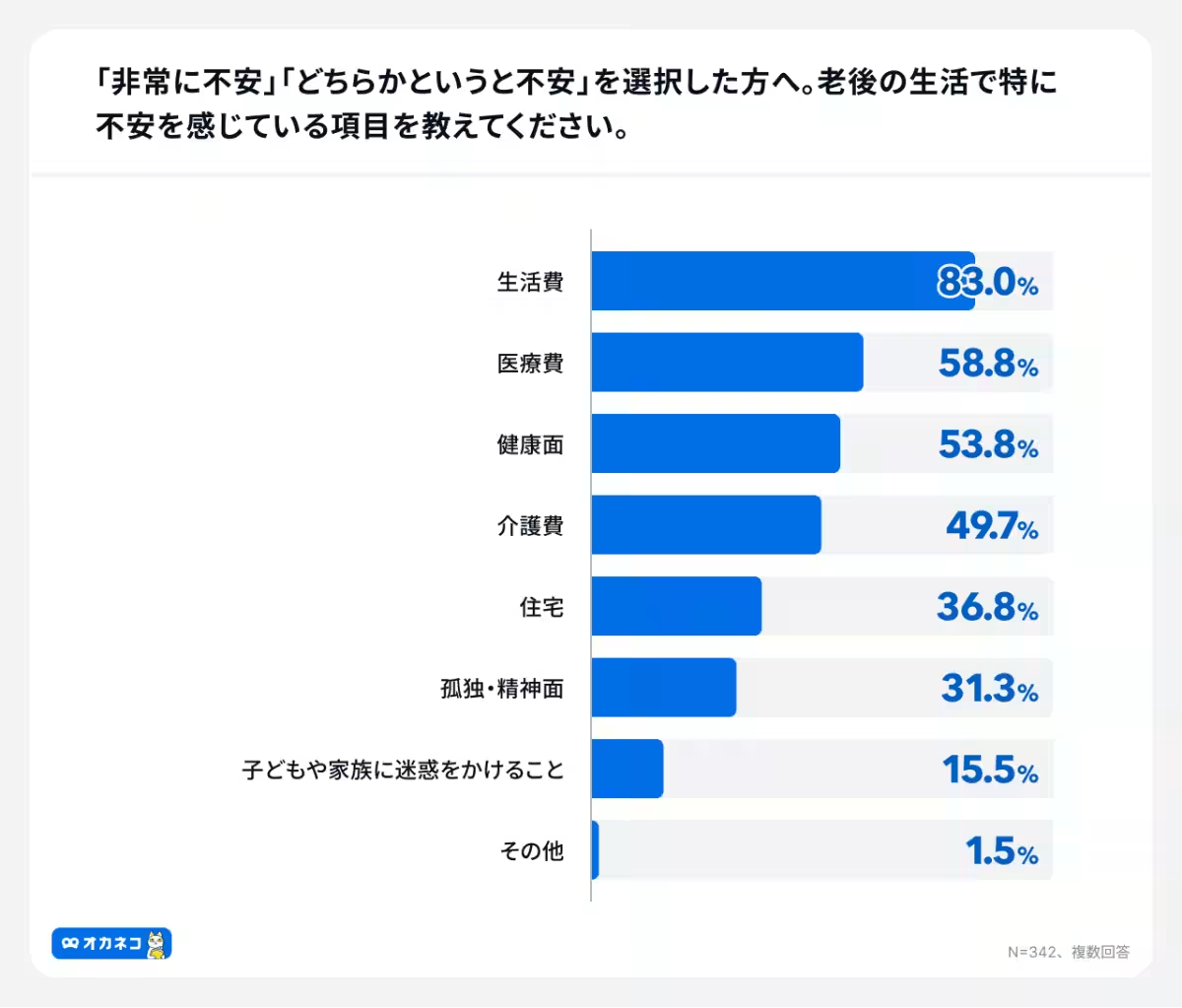
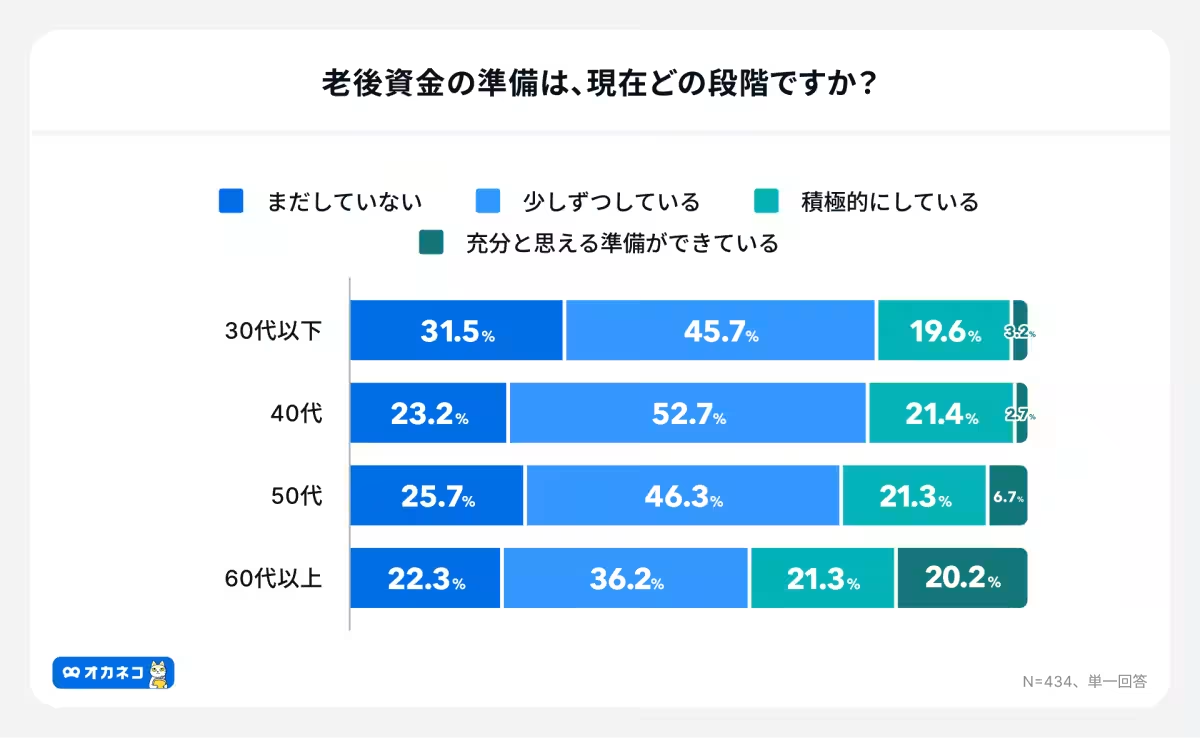
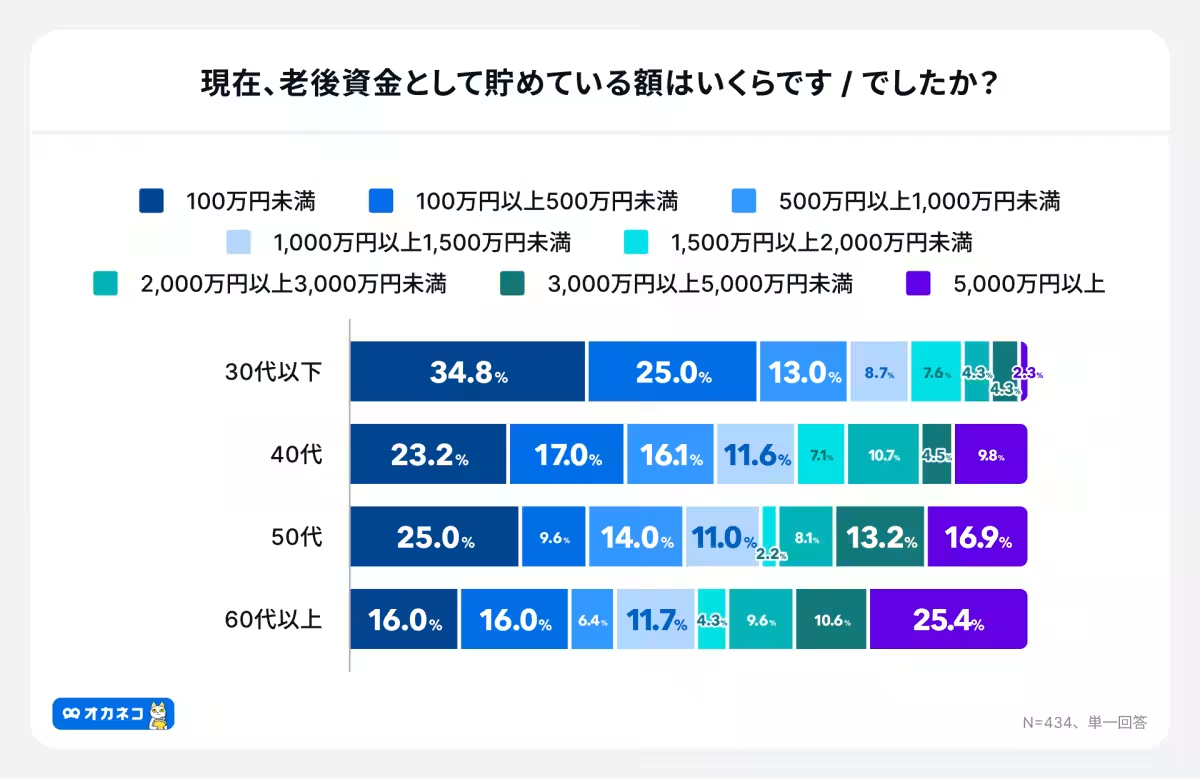
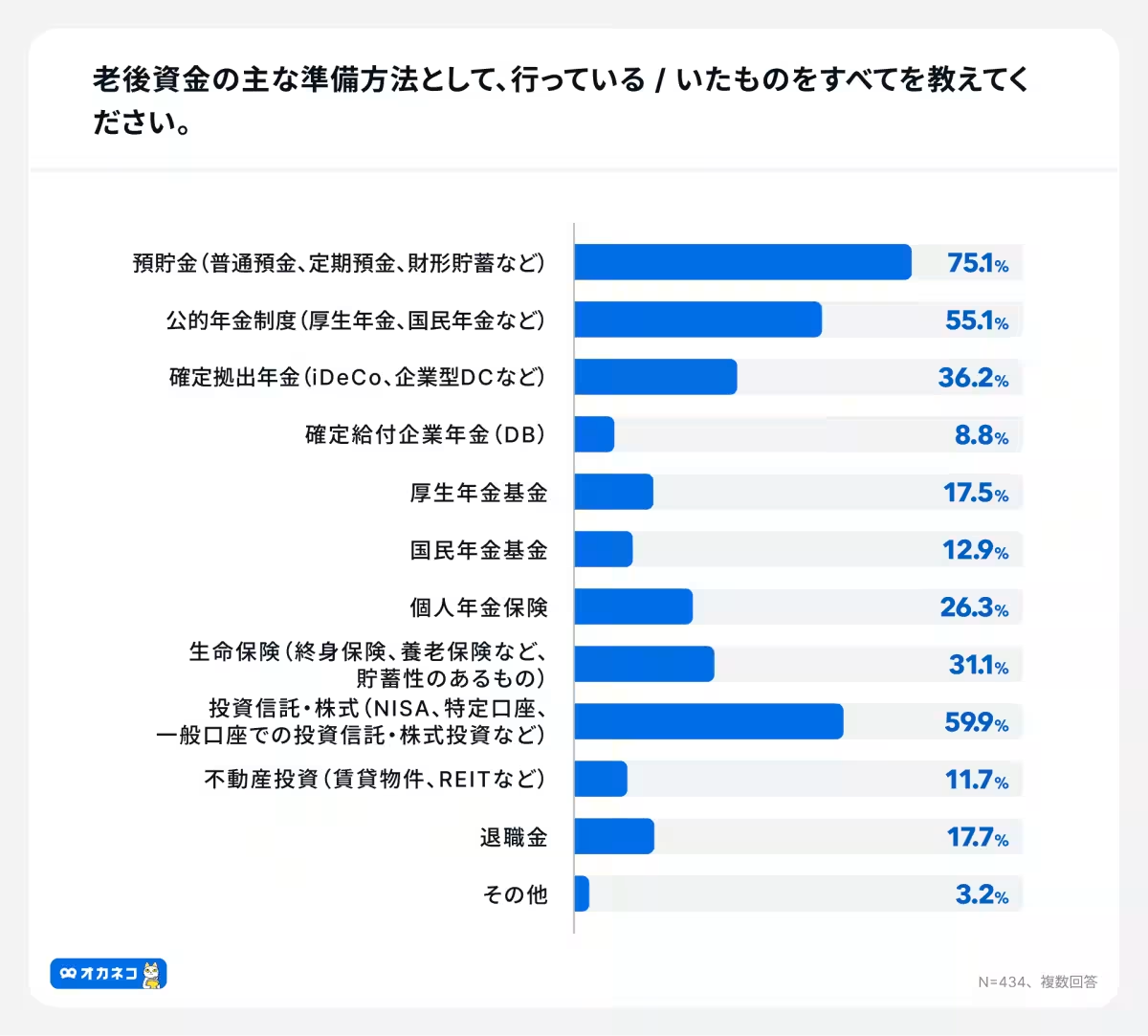
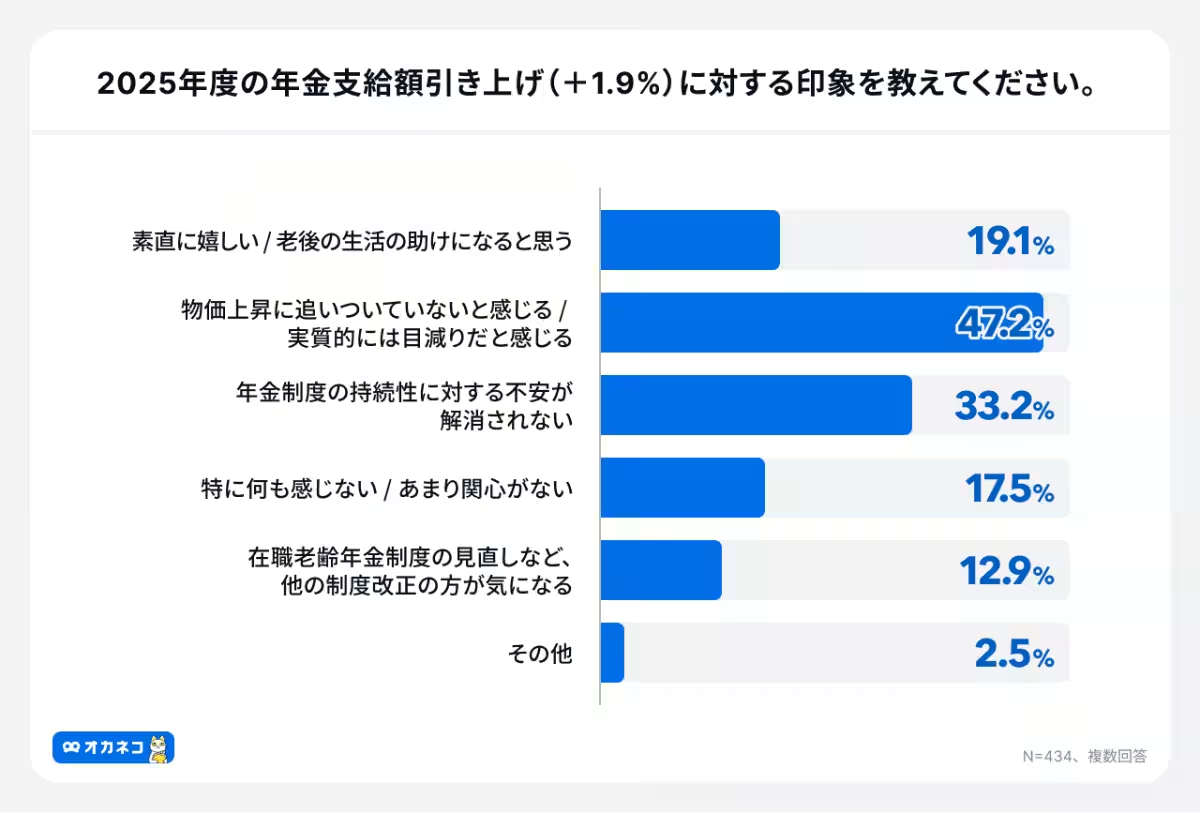
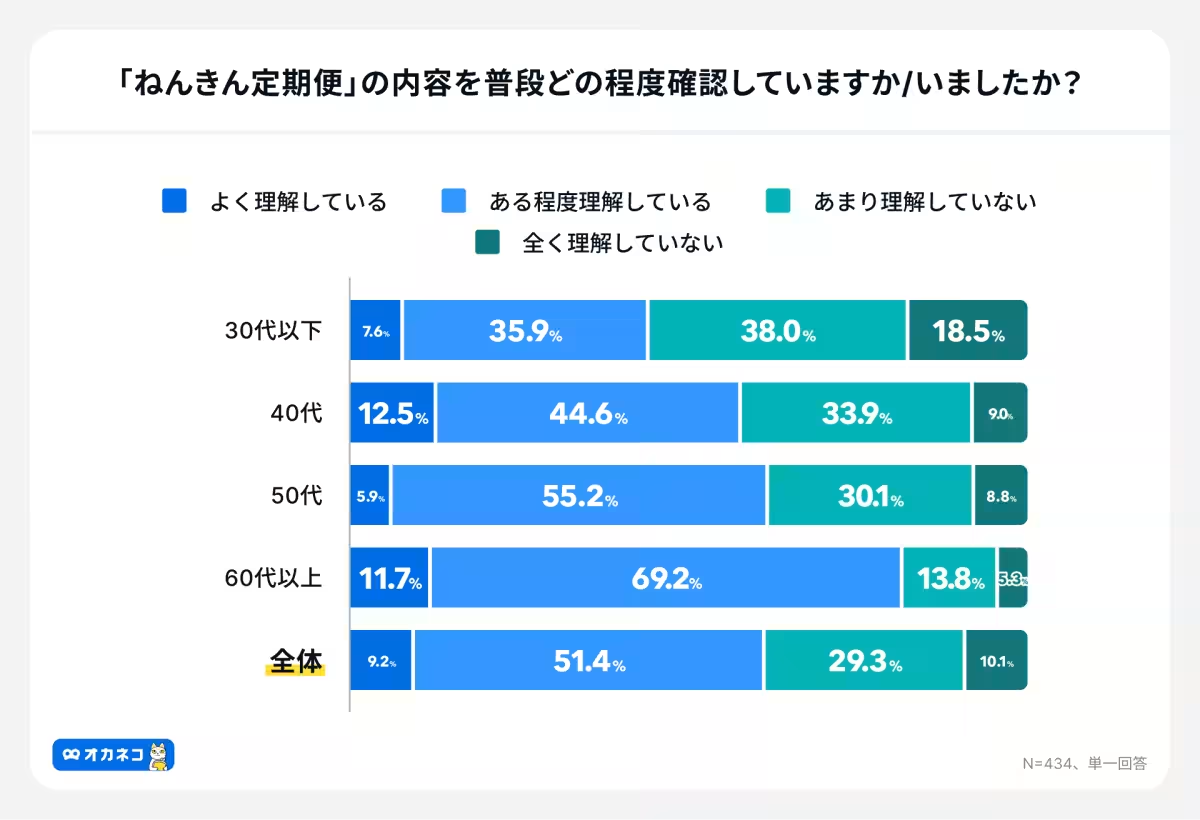
Topics Financial Services & Investing)


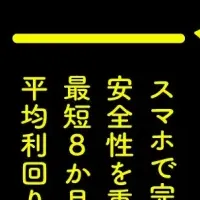







【About Using Articles】
You can freely use the title and article content by linking to the page where the article is posted.
※ Images cannot be used.
【About Links】
Links are free to use.